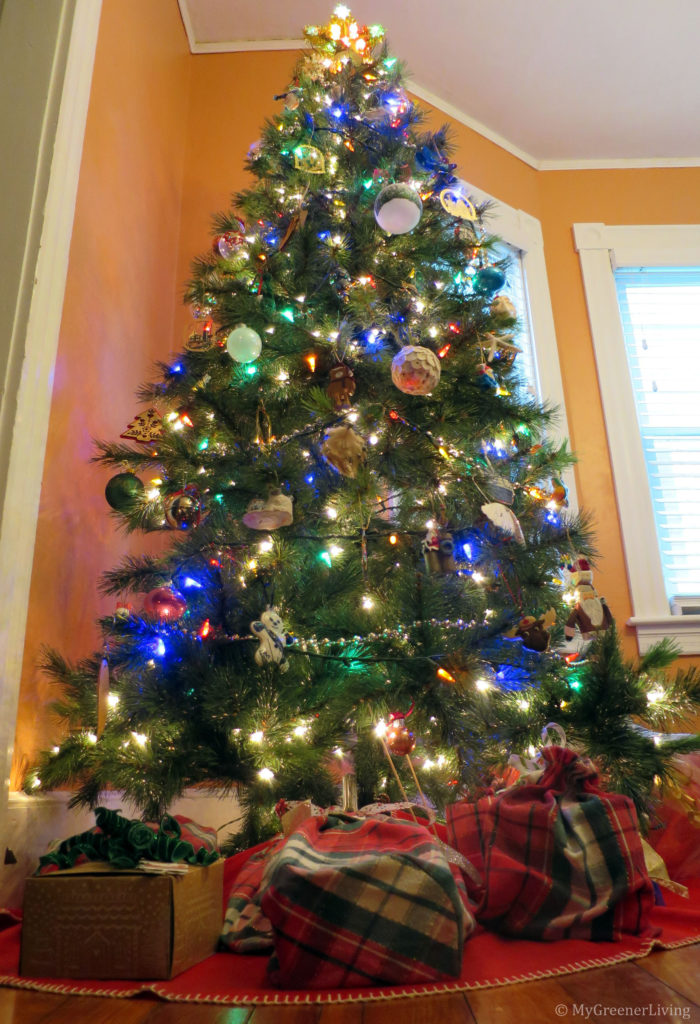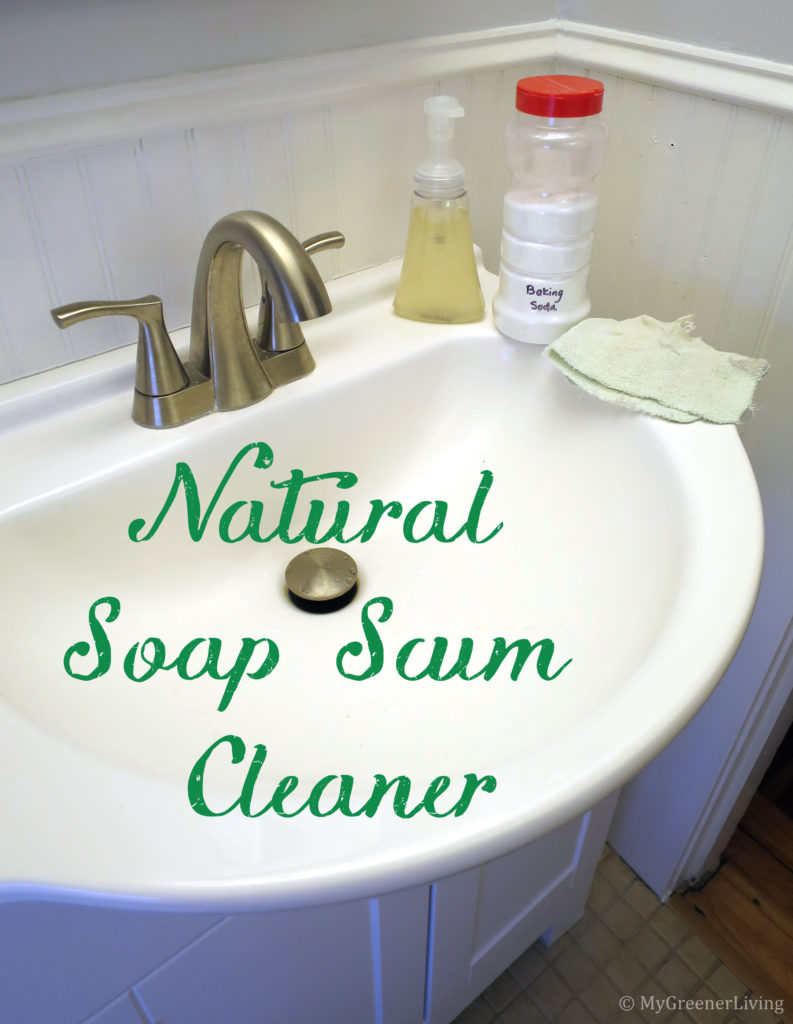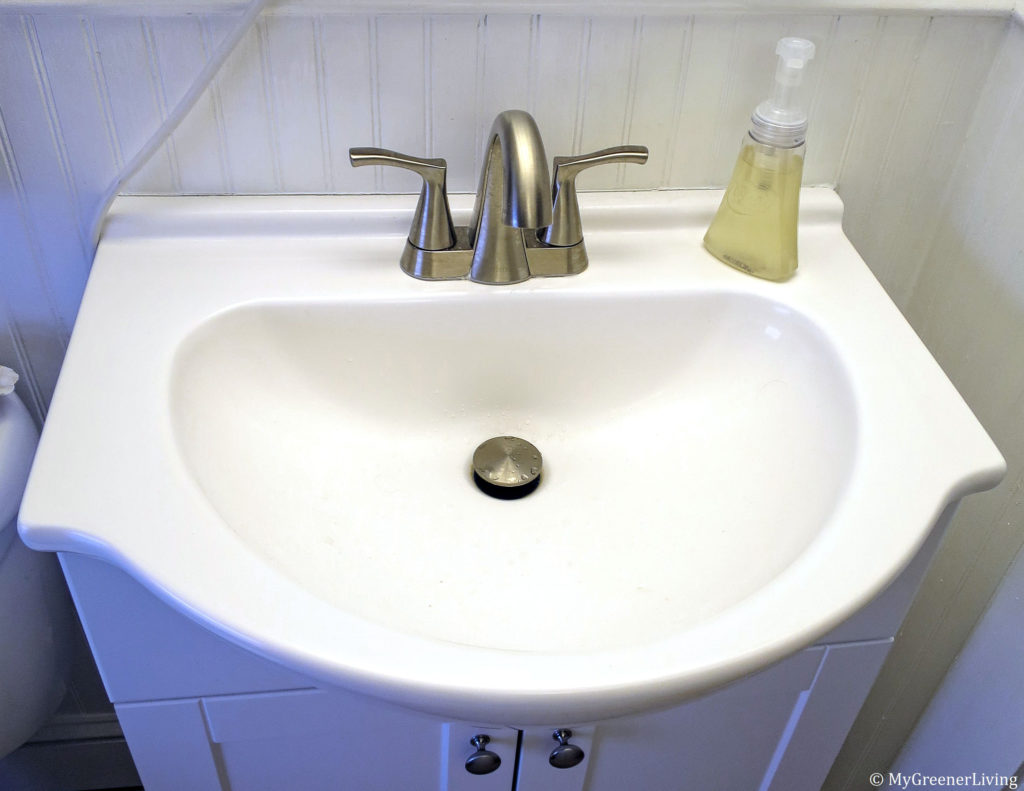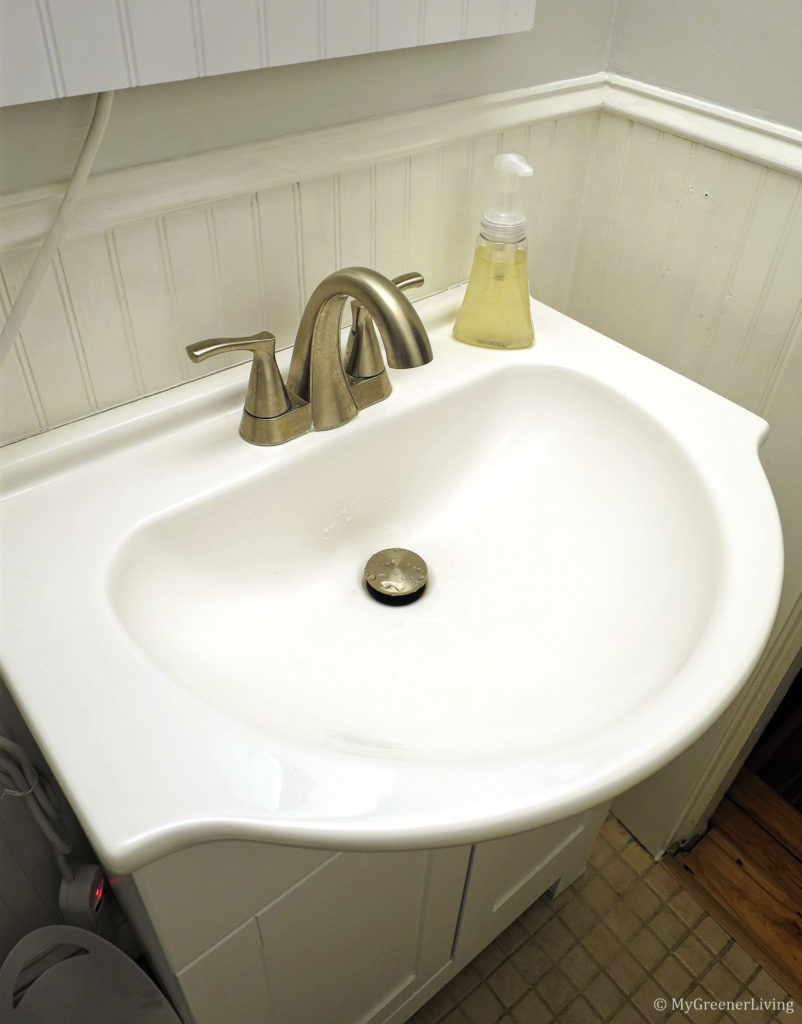December. The heart of the holiday season. I love the festivities, the time with family and friends, the good food, and all the lights. What I don’t love is how commercial the holiday season has become. There is so much focus on buying gifts, spending money. Black Friday – commonly (inaccurately) thought to be named for being the day that retailers make it into “the black” financially for the year – has expanded to include pre-Thanksgiving sales, stores opening on Thanksgiving, Small Business Saturday, Cyber Monday, and Giving Tuesday. Ok, so I support Small Business Saturday and Giving Tuesday – shopping locally and supporting small businesses is great in so many ways, as is giving to charity – but the common theme among all of this is: spend money. I personally want to what matters most – the people. Here are some ways that I keep my holiday season frugal.

Disclaimer: This post contains affiliate links. See my Disclosure Policy for more information.
Frugal Holiday Tip #1: If you don’t need it, don’t buy it
“But this sale is so good!” It doesn’t matter if that TV is 75% off, or those oven mitts only cost $1. If I don’t need a TV, or oven mitts, purchasing either of those things is money wasted. While holiday shopping, because yes, I still do buy gifts for some people, retailers barrage me with “stuff”. So. Much. Stuff. It makes me feel like I need all sorts of things that I never considered even wanting!
I avoid being overwhelmed by this feeling by making lists and, for the most part, sticking to them. Sometimes, I may see something and it reminds me that it was something I had been wanting. In that case, if it is a good deal, I may purchase it. But, if it’s not on my list and I don’t need it, I don’t buy it and the money stays in my bank account!
Frugal Holiday Tip #2: Avoid purchasing low quality items
I feel like during the holiday season more than ever, I find low cost, low quality items. Things I consider cheap, “junk”. Here is one place where I can define my consideration of the difference between frugal and cheap. Cheap items are inexpensive, and quality can be anywhere from awful to good. Frugal items are good quality, and price may be anywhere from inexpensive to expensive.
An example that pops into my mind is electronics. On a recent shopping trip, I passed through the Christmas gift section. There were a lot of cheap electronics: phone chargers, bluetooth speakers, waterproof shower speakers. I own and use all of these items, but I am very discerning when I purchase them.
While I buy local and support small businesses when I can, I like to use Amazon to read reviews of items before I purchase. It is rare that I will purchase something with less than a 4-star Amazon review, and depending on the item, I will look for at least 50, 100, sometimes 1000 reviews. This gives me enough data (yup, a scientist at heart here) to have confidence that the item I am planning to purchase is good/reliable. Sometimes I will pay a little more. Maybe the item I buy costs twice as much, but if it lasts me 3 times as long, it was worth it. For example, I selected this portable bluetooth speaker because it had features I wanted, but to narrow down between a few that met my needs, I used Amazon reviews. 4.5 stars with over 4,500 reviews. It really is a great speaker.
Frugal Holiday Tip #3: Use reusable gift wrapping

When gifting, I opt for reusable gift wrapping, like the gift bags and tags that I make. This works best for families or friend groups that gift for each other, so the bags will keep being used over and over in the same group – it won’t be very frugal if gift bags are always given away and the maker cannot reuse them. I use these gift bags with my family and they are well-liked.
There is upfront cost and effort to make these reusable gift bags, but since they can be reused likely hundreds of times, they have long term cost savings. The fabric I used to make my gift bags was a huge thrifted tablecloth for $5, and if I used it all to make reusable bags, I probably could have made 20 or more medium-large size bags. Excluding the cost of my time, I could not have purchased that many paper gift bags for $5, and my reusable bags are much more environmentally friendly!
An easier way to reuse gift wrapping is to use paper gift bags, and just reuse them! I did this for years before I began making fabric reusable gift bags, and I still do.
Frugal Holiday Tip #4: reuse holiday decorations year to year

This tip applies for all seasonal decorations. Buy (or make!) at least decent quality decorations. I take care of my decorations, wrapping as necessary and packing them up at the end of the season. Rather than replacing an entire set of lights, I replace light bulbs and fuses in light strands when they blow. I reuse garlands and ornaments for my Christmas tree. I very rarely purchase new holiday decorations. When I do, it is thought out (I do not allow myself impulse purchases), and either to replace something that is very worn, or to add decorations to an area that previously had none.
According to a survey conducted by LendEDU, in 2019, Americans plan to spend, on average, about $100 on Christmas decorations. This year, I spent about $3, on bows to spice up a lighted garland. Everything else is reused. My wreaths are about 10 years old. Lights are about 5 (I upgraded to LED when some of the stores were recycling incandescent light strings several years back). Other decorations were slowly acquired over the years, many from when I was a child, and several others, given to me as Christmas gifts over the years. I am quite happy to have an extra $97 in my bank account this year, next year, last year, and all the other years I choose to carefully take care of my decorations so they will last for years, save me money, and stay out of the landfill.
Frugal Holiday Tip #5: make instead of buy gifts

I know a lot of people who really appreciate handmade gifts. Even (especially?) as a crafty person who can make a lot of things myself, I truly appreciate the thought, time and effort that goes into making handmade gifts. For people who have hobbies creating things, creating handmade gifts can be easier, but there are still things that anyone can do!
Note: not all handmade gifts are inexpensive to make, as supplies can be very costly! Additionally, what handmade gifts save in money, they cost in time. This is a trade-off that needs to be considered. For example, one year when I had lots of time, I crocheted trivets for many of my family and friends and gifted them with a wooden spoon that I wood burned. This year, when I have less available time, I have elected for less time-intensive gifts, which sometimes do cost more.
This post from The Spruce has 100 DIY gift ideas. While not holiday themed, it gives an idea of all of the different types of things a person could make! Not crafty? No problem! There are plenty of ideas that would work, like soup in a jar, cookies in a jar, homemade limoncello, and more.
Another idea that costs next to nothing but time t make – a coupon book! This could be things like doing chores that another person in the household normally does, giving a shoulder massage, taking someone out to lunch (different than a gift card, this includes quality time together), or anything else that the gift receiver would appreciate. This “coupon book” could be printed, or hand written, and stapled or paper clipped together.
However you spend your holiday season, I hope it’s a great one!
Do you have any frugal holiday tips? Please share in the comments below!



